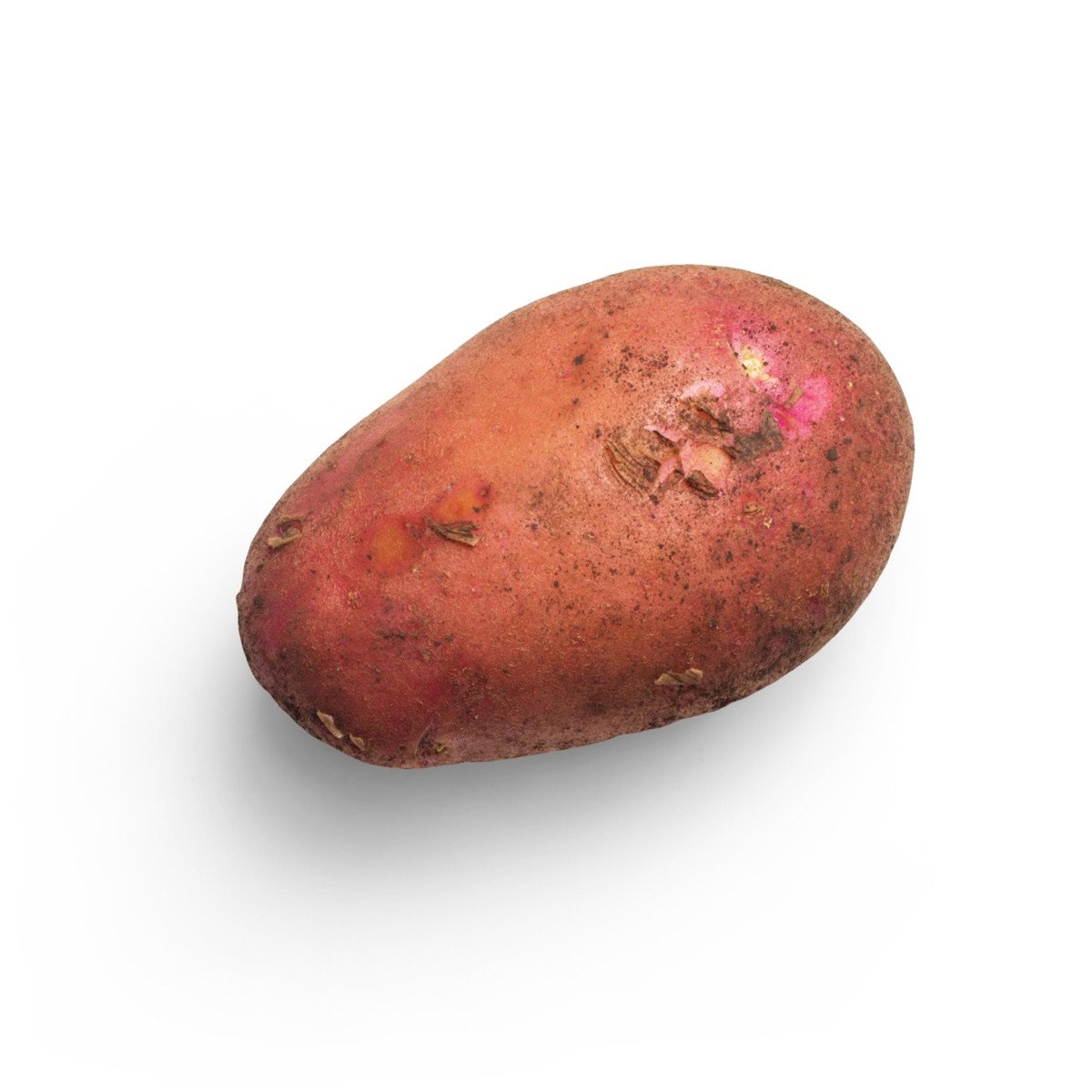Sweet potato

Sweet potato
Ipomea batatas
Plant family
Morning Glory family (Convolvulaceae)
Season Overview
Propagating
Planting
Harvest
J
F
M
A
M
J
J
A
S
O
N
D
Details
Light requirement
Sunny
Water requirement
Moist
Soil
Light (sandy)
Nutrient requirement
High
Plant distance
50 cm
Row spacing
50 cm
Seeding depth
10 cm
Instructions
The season for this plant is over. The following instructions are for the next season.
Beginning of April
Propagating
Mid of April
Weeding
Every two Weeks
Mid of April
Pest protection
Description
The sweet potato (Ipomoea batatas) is a major component of the diet in South America. It belongs to the wind family (Convolvulaceae) and superordinately to the nightshade family. There is a distant relationship to our potato (Solanum tuberosum), but otherwise there is little in common. With other tuberous plants such as the Jerusalem artichoke (Helianthus tuberosus), there is even no similarity at all. Sweet potatoes come in white, yellow, pink, orange, or purple, and the tubers reach sizes of up to 30 cm/11.8 in and several kilograms. The plant forms long shoots with dense leaf growth. The leaves have a heart-shaped form reminiscent of ivy and are light-dark green. Sweet potato is an annual plant. Sweet potato is sensitive to cold.
Origin:
Central and South America
Growing tips
Sweet potato is very sensitive to cold and therefore can be planted out only after the icemen or the last frosts. When planting, you can either put the entire tuber or just the individual shoot cuttings that have formed during pre-sprouting into the soil. If the whole tuber is used, it should peek about halfway out of the soil. Similar to potatoes, it is worthwhile to grow sweet potatoes in earthen dams 60 cm/23.6 in wide and about 20 cm/7.9 in high. By growing in the dam, the soil around the sweet potato warms up faster, which promises higher growth. At the same time, excess water can drain away more quickly and the risk of waterlogging is reduced. Of course, sweet potatoes can also be grown in pots - especially for colder regions, this method is a good alternative to growing in beds, as the young plants can still grow in the protected house or conservatory and only move outdoors when the risk of cold snaps is completely averted. For cultivation in a tub, it should have a volume of at least 20 liters. A black tub can be an advantage, as it does not reflect sunlight and the soil in the pot is thus warmed more quickly. The substrate should be loose and permeable, and the sweet potato also appreciates plenty of sun and a sheltered location. Especially in the early days, sweet potatoes grow very slowly. As a result, for a long time the bed offers a lot of bare soil, which can lead to increased soil erosion. Against this you can help with black foil, mulching or a mixed culture with lettuce, spinach or radish, before the sweet potato claims the bed in the later cultivation period by its dense growth. The larger the sweet potato's leafy growth, the more water it will need. If grown in a pot, fertilizer needs to be applied more often, while if grown in a bed, a good fertilizing at the beginning of the growing season may be sufficient. Once its leaves turn yellowish, the sweet potato is ready to harvest from September/October. However, it must be harvested before the first frosts, because it does not tolerate the cold and dies. When harvesting, care should be taken not to damage the thin rind, as this shortens the storage time and can lead to rot. (For more info at plantura.garden).
Companion Plants
Antagonistic Plants
Diseases
Dry rot of crucifers
Pests
Nematodes
Land snails
Aphids
Voles